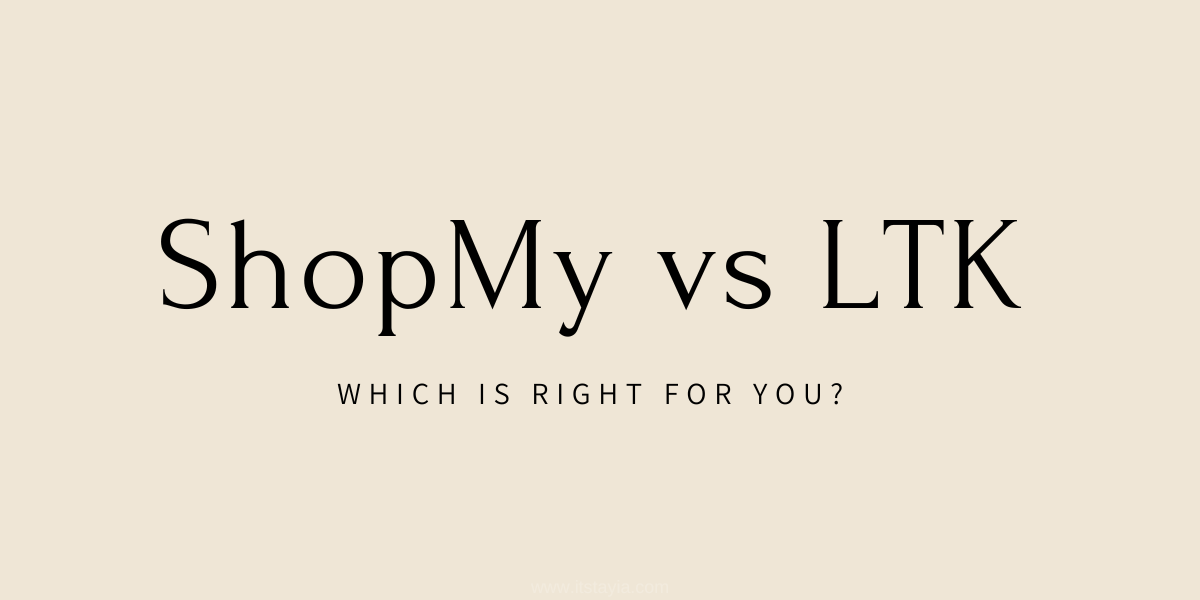When I first started my skincare journey I heard a lot about acids. The usual suspects AHAs (alpha-hydroxy acids like glycolic acid) and BHAs (beta-hydroxy acids like salicylic acid) were often talked about. However, I recently learned about polyhydroxy acids, or PHAs, in skincare. I was happy to discover that PHAs are gentle and non-irritating for most people. Best of all, they’re on the “yes” list for breastfeeding safe skincare ingredients!
In this post, I’m telling you what PHAs are, what they do, and if they’re right for you. You’ll also find ingredients to look for and a list of products that contain PHAs.
So, what are PHAs?
Polyhydroxy acids, or PHAs for short, are chemical exfoliants and are considered second-generation AHAs. Since they have a large molecular size, they work by exfoliating dead skin cells on the surface of the skin and they penetrate less deeply than AHAs and BHAs. Due to this, they take a little more time to work.
However, exfoliation from PHAs:
- Results in more even skin tone and texture over time.
- Can help to retain moisture in the skin.
- Unlike AHAs and BHAs, PHAs don’t cause sensitivity to sunlight. You should still wear SPF daily though!
how do phas help in skincare?
1. exfoliates
As stated earlier, PHAs gently exfoliate the skin at the surface without compromising the integrity of the skin. They essentially get rid of dead skin cells, leading to more radiant, healthier skin. They’re safe to use daily and are great to have as a part of your breastfeeding safe skincare routine.
2. Hydrates
PHAs are humectants. This means they pull moisture from the air into your skin. Make sure to use a moisturizer (and SPF during the day) to ensure that your skin is well moisturized though because you don’t want the opposite effect to happen.
3. Protects skin from damage
Polyhydroxy acids can help protect your skin against glycation. This is a process where digested sugar attaches to the collagen in the skin causing it to weaken and lower elastin (the protein in the skin that helps it remain elastic) levels.
They’re also rich in antioxidants. Antioxidants are naturally occurring vitamins and minerals that protect your skin from free radicals (molecules) in air pollutants, chemical exposure, and more. PHAs help stimulate growth in the outermost layer of skin and repair damage caused by these free radicals.
4. Anti-aging
There are a number of studies that have shown PHAs to help with concerns such as fine lines, wrinkles, acne, and anti-aging. Over time, they have been shown to strengthen the skin barrier and slowing the signs of aging.
If you’d like to read some scientific studies done on PHAs, I highly recommend that you search for PHAs in skincare on PubMed*, a government website that allows the public to read the results of scientific research and clinical studies. I’ve included a few at the end of this article.
5. Can help improve function of other products
Finally, incorporating polyhydroxy acids in your skincare routine has been shown to help other skincare ingredients penetrate deeper into the skin and increase their effectiveness. I’ll talk more on that in a later post.
Are PHas right for you?
PHAs are less irritating than AHAs and BHAs due to their large molecular size. Since they work exclusively at the surface layer, PHAs are ideal for just about all skin types. Especially if you have sensitive skin or find that AHAs and BHAs are too strong.
If you have dry skin, PHAs may be great for you as well. Since they attract water from the environment into the skin, it can allow for more moisturized skin.
ingredients to look for
Some skin care products may just say that they contain PHAs.
Your best bet is to check the ingredient list and search for them. The most common PHAs in skincare are:
- Gluconolactone
- Lactobionic acid
- Galactose
However, you may also find gluconic acid, zinc gluconate, or copper gluconate on the ingredient list as well.
skincare Products with PHAs
The following are breastfeeding safe skincare options that contain polyhyrdoxy acids
Glow Recipe Watermelon PHA + BHA Toner
The Watermelon Toner from Glow Recipe is a gentle PHA- and BHA-infused watermelon toner. It works to hydrate, gently exfoliate skin, and minimize the appearance of pores. You can find both the mini size ($16) and full-size ($35) at Sephora and on the Glow Recipe Website.
OLEHENRIKSEN Dewtopia 20% PHA/AHA Retexturizing Night Serum
Wishful Get Clean 2% PHA & Sea Moss Gentle Foaming Cleanser
The Wishful Get Clean Foaming Cleanser is a deep-cleansing gel-to-foam formula. It melts away makeup, gently exfoliates, and retains moisture for fresh, soft skin. The mini size available at Sephora for $13 and the full-size is $25
Peter Thomas Roth PRO Strength 10% PHA Exfoliating Clarifying Liquid
This clarifying liquid contains 10% glucanolactone polyhydroxy acid (PHA) along with 5% glycolic acid (AHA) and 0.5% salicylic acid (BHA) to help reduce the look of uneven texture, skin tone, and acne. You can find it on the Peter Thomas Roth website.
A while ago, I spent 30 days using this clarifying liquid and shared my thoughts in a previous post.
After researching the above products, they all appear to be okay to incorporate into your breastfeeding safe skincare routine. However, if you have any doubts about them (or any skincare product for that matter), my best advice is to consult your primary care physician.
It is important to note that while PHAs are less irritating than other acids, it’s still important to performa a patch test. Test all new skincare products on a small section of the skin, such as behind your ear, or you can use it at night.
If you do not have a reaction to it, PHAs are safe to use everyday.
Articles to further your reading on PHAs
*If you’re into reading scientific papers, here are a few peer-reviewed articles published on PudMed about PHAs:
– The use of polyhydroxy acids (PHAs) in photoaged skin
– A polyhydroxy acid skin care regimen provides antiaging effects comparable to an alpha-hydroxyacid regimen
– Clinical and cosmeceutical uses of hydroxyacids
– The polyhydroxy acid gluconolactone protects against ultraviolet radiation in an in vitro model of cutaneous photoaging
– Applications of hydroxy acids: classification, mechanisms, and photoactivity








Let's get social!